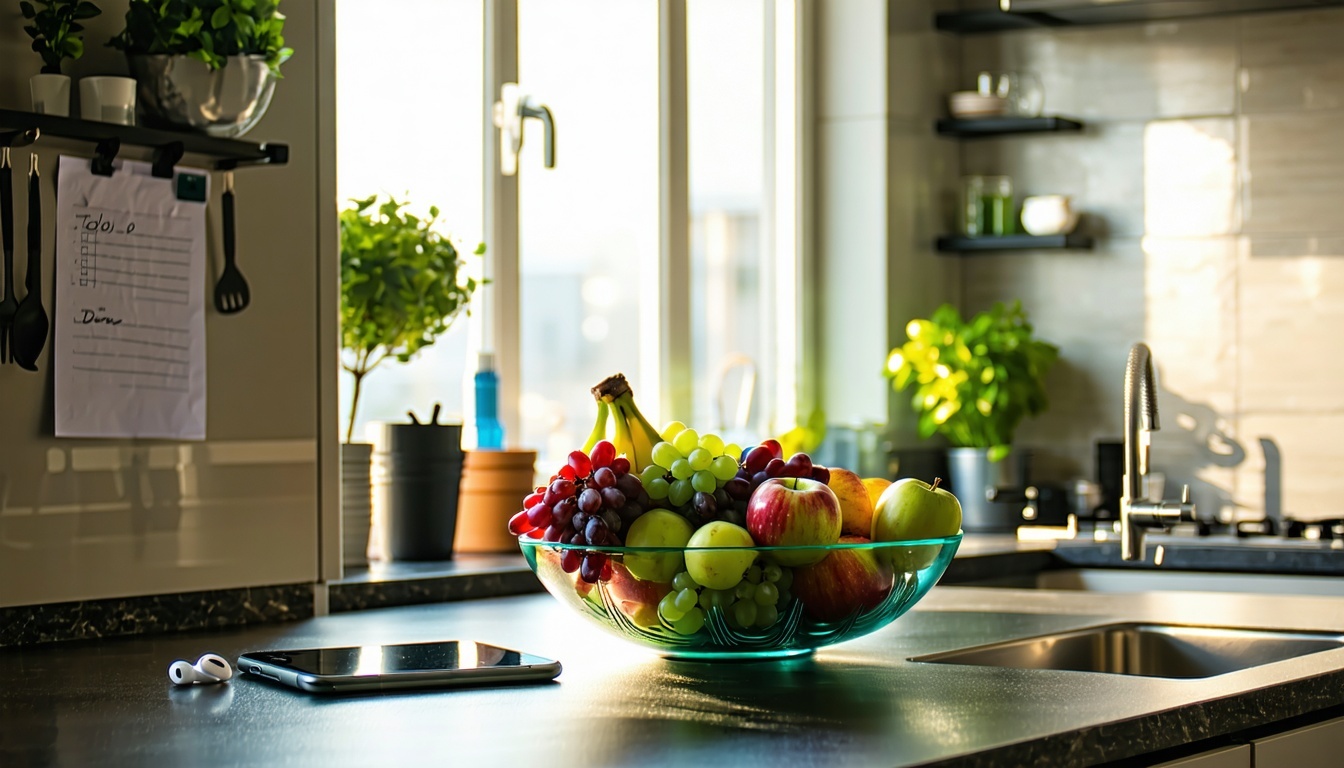
Behavioural Nudges: And The Importance for Brands
Want to Nudge a Habit? Start with the Fruit Bowl.
Last week, I rearranged our kitchen.
Nothing drastic. Just moved the fruit bowl to the middle of the island—eye level, centre stage.
Since then?
My son’s eating more apples.
I’m reaching for grapes instead of crisps.
Even the bananas are getting attention before they go brown.
Nothing about our choices changed. Just the context. and that’s the essence of nudge theory—small environmental tweaks that make a preferred behaviour feel easier, faster, more obvious.
10 Nudges You’re Probably Already Using
Nudge theory isn’t just for government policy or health campaigns. It’s built into our lives—quietly shaping decisions all the time.
Here are 10 real-world nudges you’ve likely used (or can try today):
-
🧺 Fruit at eye level → healthier snacking, without effort.
-
👟 Trainers by the door → more likely to go for that walk.
-
🍽️ Smaller dinner plates → naturally smaller portions.
-
💸 Direct debit for savings → removes friction and builds habits.
-
🔕 Turning off social media notifications → less distraction.
-
📚 Book on your pillow → primes bedtime reading.
-
🍫 Chocolate on the top shelf → “out of sight, out of mind.”
-
🛍️ Bags by the door → fewer impulse plastic purchases.
-
📅 To-do list on the fridge → shared visibility drives action.
-
🎧 Playlist on while dressing → primes you for a run or walk.
None of these limit choice. They just make the better one much easier to choose.
So, What’s This Got to Do With Advertising?
Everything!
Because nudging isn’t just about habits at home—it’s how we design behaviour at scale.
In marketing, small creative shifts can change how people feel, decide, and act.
Take BH&P's recent work pitching an oral wellbeing brand. We built the whole brand ecosystem on behavioural nudges:
- Future Self Framing
“Feel like you’ve just left the hygienist.” → Makes the outcome vivid and desirable. - Habit Integration
Linking the brand to skincare routines and “bathroom shelf upgrades.” → Aligns with how people already behave and see themselves. - Consistency Cues
“You’ve saved 6 plastic tubes already.” → Triggers a commitment to continue. - Social Proof
“People like you are already doing this.” → Lowers resistance by normalising the behaviour. - Scarcity & Exclusivity
“Limited drops.” “Pre-launch buzz.” → Drives urgency without pressure. - Ease of Use
“Two-minute ritual.” “No button confusion.” → Reduces cognitive load and builds confidence. - Values Alignment
“Plastic-free refills.” “Powered by B Corp values.” → Reaffirms self-image and strengthens loyalty.
Behavioural Marketing and the Role of the Nudge
Nudges don’t replace strategy.
They embed it in the reality of how people live their lives. And if they can imagine themselves doing things, then they are halfway there.
Because if people don’t see it, feel it, or understand how to act on it, change doesn’t happen.
Whether you’re selling fruit or future-facing health tech, the principle holds:
If you want someone to act differently, design for the moment they decide.
Sometimes that starts with a new layout in the kitchen, and sometimes it starts with a message that resonates, and can be the start of an emotional connection that will lead, eventually, in a person's own time, to them embedding a new behaviour.
Either way, the nudge is the lever.
And the choice feels like their own.
BLOG
|4 MIN READ
BLOG
|5 MIN READ
BLOG
|4 MIN READ
BLOG
|5 MIN READ
BLOG
|4 MIN READ
BLOG
|2 MIN READ
Sign Up



